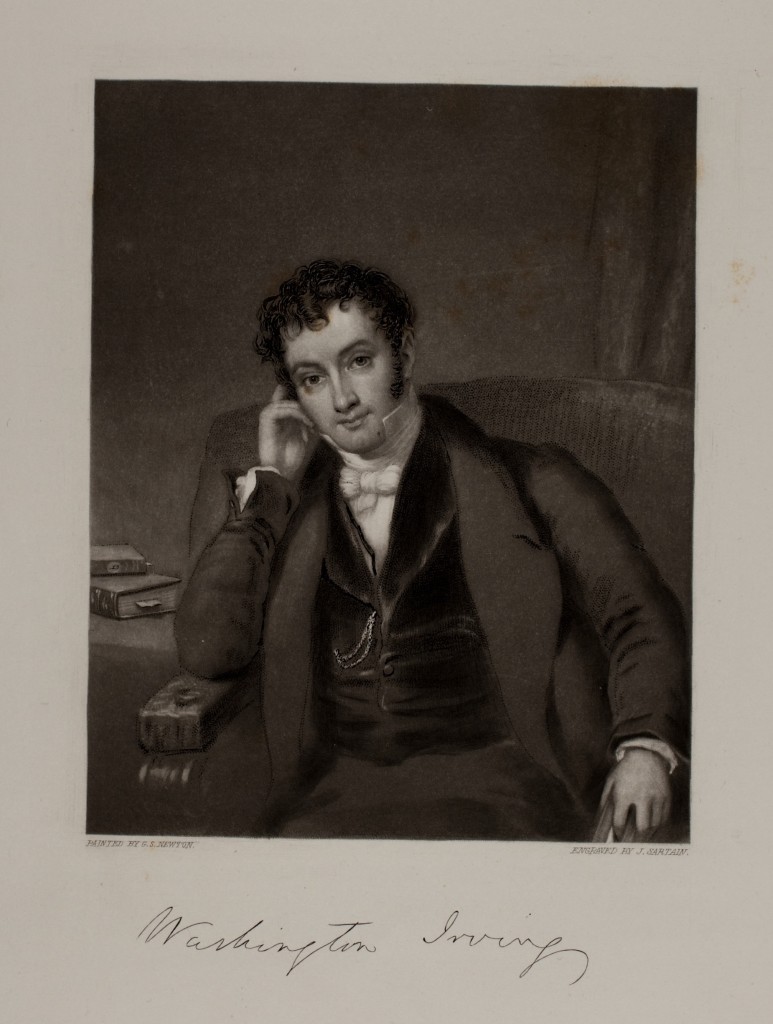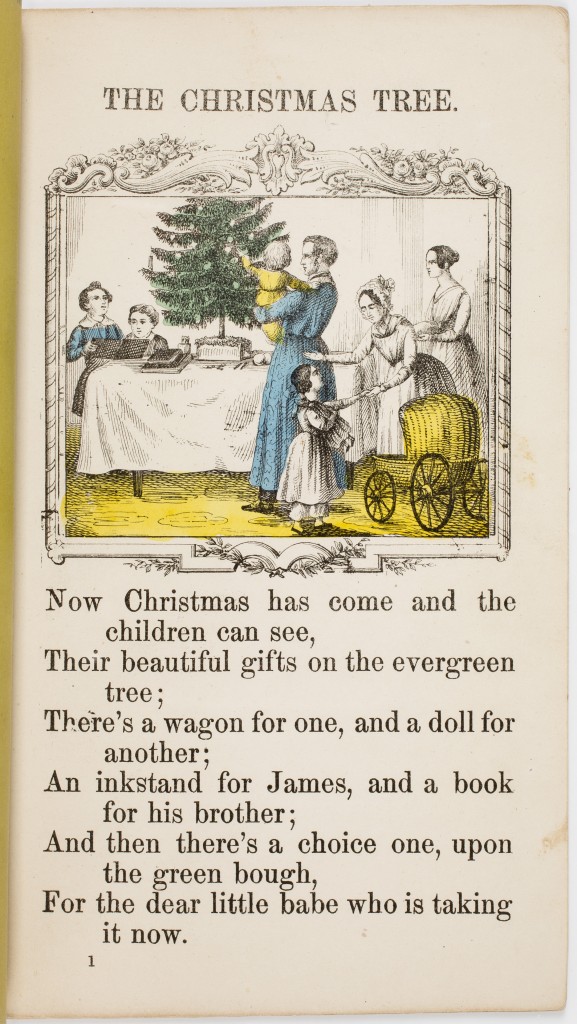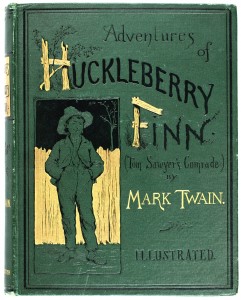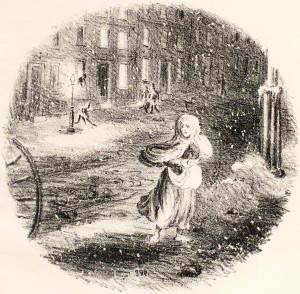
What comes to mind when you hear “Sleepy Hollow”? A dark, windy night, a mysterious horseman who just happens to have no head, a terrified Ichabod Crane fleeing for his life—no matter in what form you first come to know “The Legend of Sleepy Hollow,” there are certain dramatic elements the story always seems to ...



